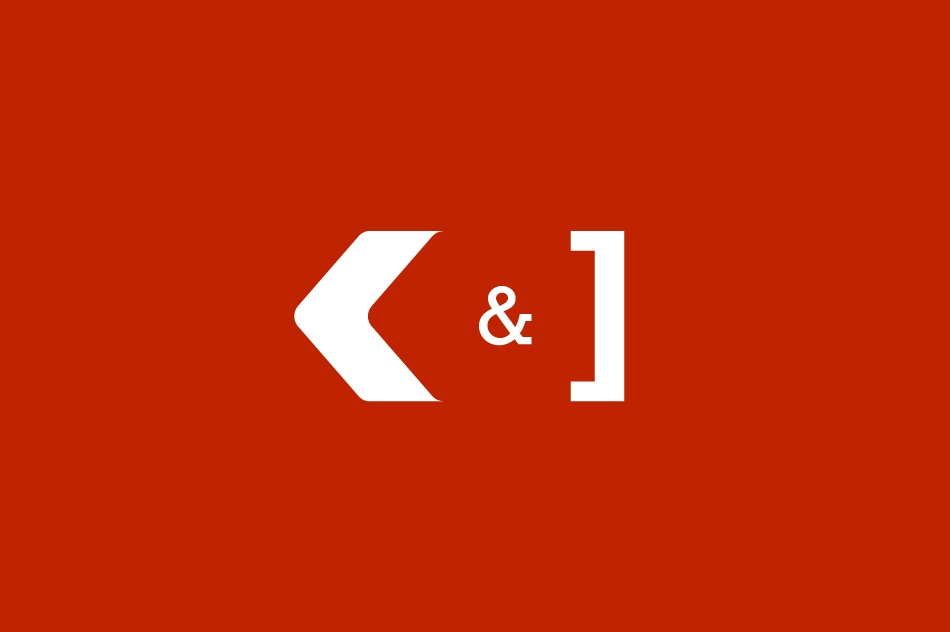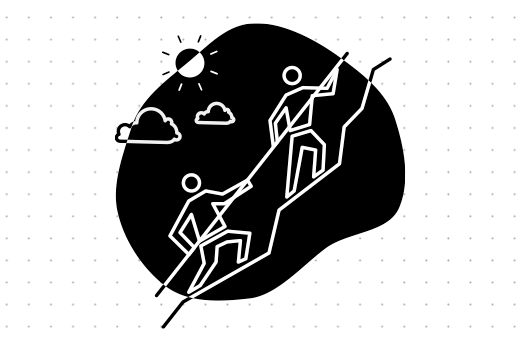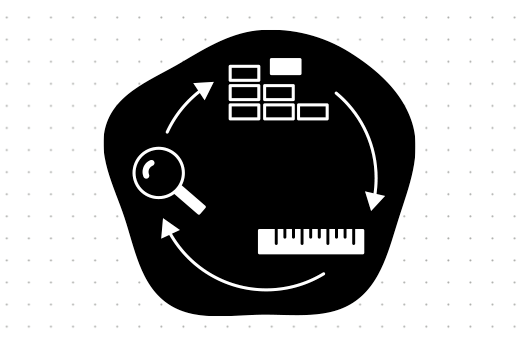Filter by category
Traditional wisdom holds that when companies become larger, they inevitably lose their capacity for innovation, creativity, and growth. At [e-spres-oh], we aim to disprove this theory.
As companies grow, founders and decision makers must tailor their original business model to meet emerging challenges and needs. Successfully balancing existing customer needs while also exploring new niches to serve is crucial to future growth. It’s a juggle between managing existing lines of business and exploring new models - a mindset shift to portfolio thinking.
To get to that point, however, companies must first define their core engine of growth. In other words they must allow feedback loops driven by product usage to guide the growth path.
In The Lean Startup, Eric Ries provides valuable insights that teach business owners how to achieve sustainable growth, what key engines drive sustainable growth, and the role innovation plays in the overall process. We’ve compiled the key takeaways for you.
Ready… Set… Grow!
How To Achieve Sustainable Growth
Growth is important. But sustainable growth is imperative.
By sustainable growth, we’re referring to the continuous acceleration that companies pursue by using organic or self-made resources. It’s the opposite of a one-time activity that generates a surge of customers, but has no long-term impact. Sustainable growth offers a predictable outcome for the efforts put into scaling a company, driving investor interest and team excitement. It’s everything a company could wish for.
How to achieve it? Incorporate this main concept into your business model:

Sustainable growth follows one simple rule: new customers come from the action of past customers.
Eric Ries, The Lean Startup
In CFO terms, as long as the cost of acquiring new customers (the so-called marginal cost) is less than the revenue that the customer generates (marginal revenue), the excess (marginal profit) can be used to acquire more customers. The higher the marginal profit, the faster you grow.
Defining Your Engine of Growth
But, how does a company grow in the first place?
According to Ries, these are the main ways:
word of mouth
as a side effect of product usage
through paid advertising
or through repeat purchase or use
The tactics above power feedback loops, also known as engines of growth. Each is like a combustion engine, that is constantly in rotation. The faster the loop turns, the faster the company will grow.
How do you know you are on the right track?

When you grow, what really matters is not the raw numbers of vanity metrics but the direction and degree of progress. It’s how companies evaluate the product/market fit.
Eric Ries, The Lean Startup
Focus on actions that truly make a difference. Companies should prioritize experiments that lead to validated learning.
Key Types of Growth
Let’s define the key types of growth:
The Sticky Engine of growth applies to businesses that rely on having a high customer retention rate. They expect that once you start using their product, you will continue to do so. Companies using the sticky engine of growth track their churn rate very carefully. In short, if the new customer acquisition rate exceeds the churn rate, the product will grow.
Viral engine of growth refers to products that exhibit viral growth and depend on word of mouth transmission as a result of product use. Basically, customers are acting as unintentional evangelists—they are not necessarily trying to spread the word about the product, but growth happens organically. This type of engine measures how many customers will use a product as a result of each new customer who signs up.
Paid engine of growth describes when a company wants to increase its growth rate in one of two ways: either by increasing the revenue from each customer, or by driving down the cost of acquiring new customers. Most companies relying on this engine of growth are reinvesting their revenue in advertising.
No matter which engine of growth your company relies on, efficiency and new customer acquisition are both paramount.
So, what do you do when the engine slows down?
Innovation.
Accelerate Growth with Innovation
Companies of any size suffer when their growth engine inevitably runs its course. To overcome the crisis, they need to develop new sources of growth or revenue. Contrary to popular belief, the solution is not to improve existing product development. It’s to foster innovation.
According to Ries, to nurture disruptive innovation, you need to implement an innovation sandbox. This means you need to build successful innovation teams that are correctly structured and can act as individual “startups” within the company. Their role is to experiment and should be completely detached from any other division in the company.
Start with an Innovation Sandbox
The innovation sandbox is a mechanism for empowering innovation teams. To start, create a team that will execute a split-test experiment that affects only a particular customer segment/demographic for your product or service.
This team will follow through with the experiment from end-to-end for a determined amount of time. You will then evaluate the progress on actionable metrics. If something catastrophic happens, you will abort the experiment. If something extraordinary happens, you will embed the new product or division into the parent company and grow it.
For example:
Online services will restrict the experiment to a certain page or user flow;
A retail operation will limit the pilot test to a single store or geographic area;
Companies trying to bring a new product to market will tailor the product around a particular customer segment.
Start Small. Think Big.
At first, the team will only be able to take on modest experiments. The early experiments might fail to produce significant learning opportunities or may not lead to scalable success.
Over time, however, these teams are almost guaranteed to improve and deliver success by learning from constant feedback, incorporating well-executed roadmaps, and analyzing actionable metrics/learning milestones. This is the Build-Measure-Learn way.
Additionally, it always helps working with innovators that understand both business and tech. At [e-spres-oh], we know a team, that knows a team that gets it.





